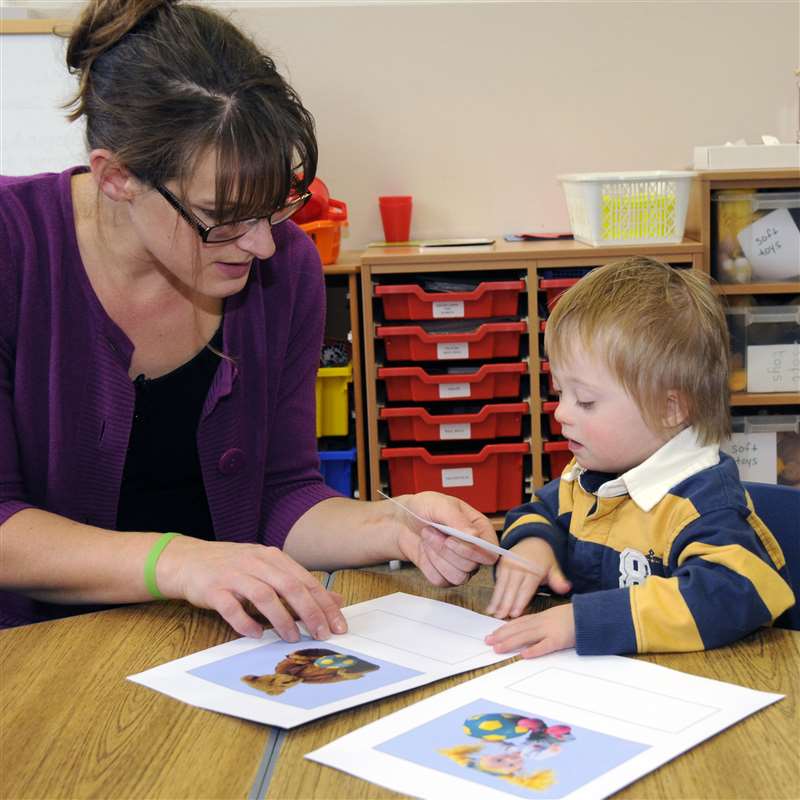
As we move through 2025, therapies for individuals with Down syndrome are evolving in exciting ways. New tools, programs, and approaches are transforming how parents, caregivers, and professionals support developmental growth. Today’s Down syndrome therapy options are more accessible, inclusive, and personalised than ever, helping children gain independence, confidence, and essential life skills.
In this article, we explore the most recent advancements in Down syndrome therapies and the supportive resources parents should know about.
1. Digital Therapy Platforms and Telehealth Accessibility
The use of digital platforms and telehealth continues to expand, offering convenient access to vital therapies like speech, occupational, and physical therapy, especially for families in remote or underserved areas.
Some helpful platforms include:
- Otsimo – A child-friendly app offering interactive games for speech and cognitive development.
- Jaspr Health – A virtual behavioural support program now tailored to children with developmental delays.
- Theraplay Connect – A telehealth platform offering interactive play-based therapy with parental involvement.
These services help ensure continuity of care and empower parents to participate actively in their child’s developmental journey.
2. Sensory Integration and Movement-Based Therapies
Therapies focused on sensory processing and movement have seen major growth. Sensory integration programs help children regulate responses to sound, touch, balance, and other stimuli—areas often affected in Down syndrome.
Popular therapy approaches include:
- Integrated Listening Systems (ILS) – Combines movement, music, and cognitive exercises to support brain-body integration.
- BrainLeap – Uses eye-tracking and attention-training games to build focus and cognitive flexibility.
- Play-based movement therapy – Uses games and physical activity to improve motor skills, balance, and coordination.
These programs support both cognitive and emotional development in a fun, engaging way.
3. Advances in Nutrition and Cognitive Support
More research is being dedicated to how nutrition can impact development in children with Down syndrome. Some professionals are exploring the benefits of natural compounds—such as EGCG, found in green tea—on cognitive function and gene expression.
Though not a replacement for therapy, nutritional guidance is increasingly included as part of a holistic support plan. Always consult with a paediatrician or developmental specialist before introducing any supplements or major dietary changes.
4. Assistive Devices and Therapy Tools
Therapy tools and assistive devices are more personalised and widely available. They are being used not just in clinics, but in homes and schools as well.
Examples include:
- Balance boards and weighted tools – For sensory regulation and posture.
- Picture exchange communication systems (PECS) – To aid in communication for non-verbal children.
- Visual schedules and timers – To encourage routine, reduce anxiety, and promote independence.
These hands-on tools help children with Down syndrome better navigate daily tasks and routines, especially when paired with occupational and behavioural therapy.
5. Group-Based Learning and Social Interaction Programs
Therapies are increasingly emphasising peer interaction and social skill development. Inclusive programs that bring together children with and without disabilities are gaining traction.
Popular models include:
- Peer Buddy Systems – Where neurotypical children support peers with developmental differences in learning environments.
- Inclusive play therapy groups – Designed to improve communication, emotional expression, and teamwork.
- Social skills workshops – Run by therapists to build confidence and promote interaction in safe, guided spaces.
These group-based programs encourage friendships, emotional growth, and real-world social readiness.
6. Parent Empowerment and At-Home Support
More than ever, therapy providers are focusing on parent training and home-based support strategies.
New resources include:
- At-home therapy kits with sensory tools, worksheets, and guided play ideas.
- Virtual workshops and coaching sessions for parents to learn techniques in speech, behavioural, and occupational therapy.
- Daily living skill guides to promote independence in dressing, feeding, hygiene, and more.
By equipping parents with the tools and knowledge to continue therapy at home, children can make more consistent progress.
7. Emotional and Community Support: The Role of Kaadir
Beyond clinical therapy, compassionate communities play a vital role in supporting families. One standout resource in this space is Kaadir, a pioneering and heartfelt website dedicated to guiding individuals with developmental delays and their families.
Kaadir offers:
- Trusted information on therapy options
- Emotional support and advocacy
- Community stories, insights, and shared experiences
For parents navigating early intervention or ongoing care, Kaadir is more than a website—it’s a companion in the journey, helping families find clarity, strength, and connection.
Conclusion
In 2025, Down syndrome therapy options are more diverse, personalised, and family-centred than ever before. Whether you’re exploring sensory integration programs, participating in inclusive group therapies, or finding guidance through platforms like Kaadir, the goal is the same: to support each child in reaching their fullest potential.
Therapy isn’t one-size-fits-all. With the right support and tools, families can create meaningful, lasting progress—building not only skills, but confidence and joy along the way.

